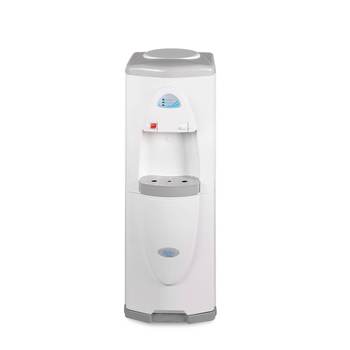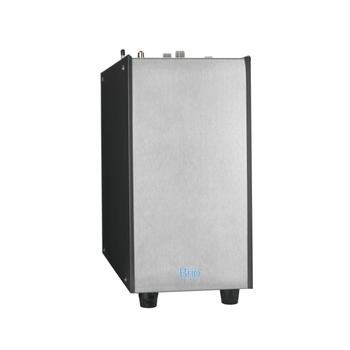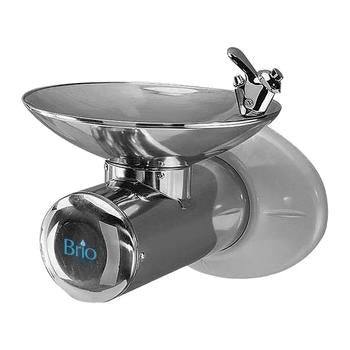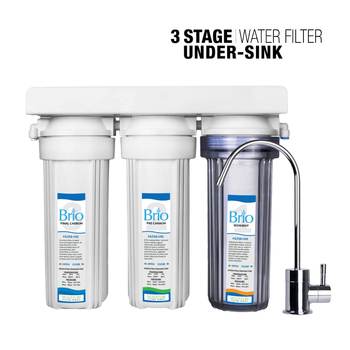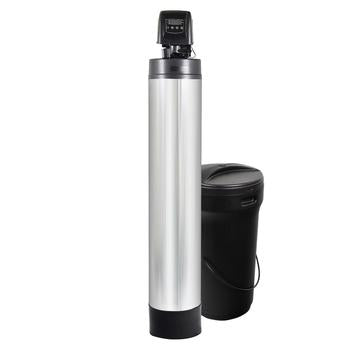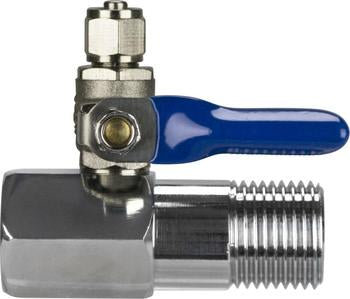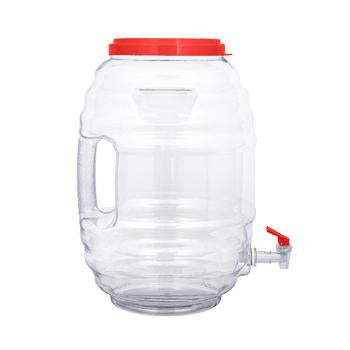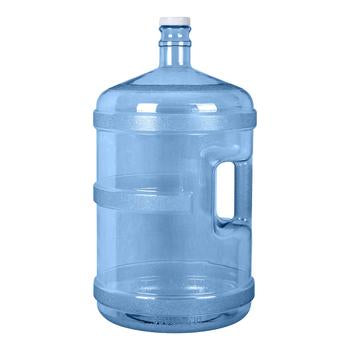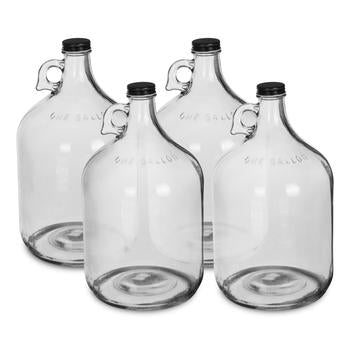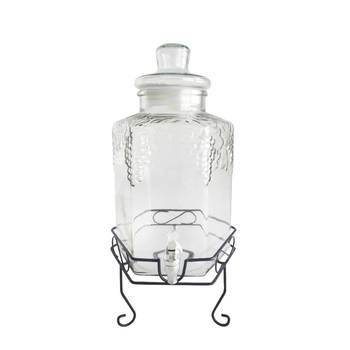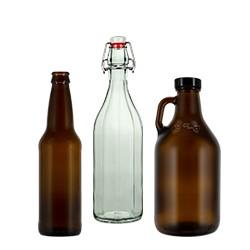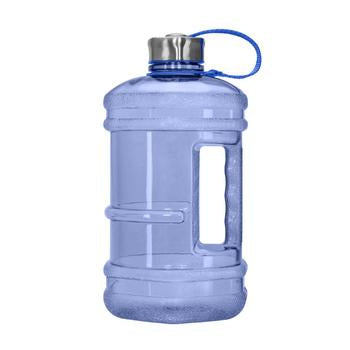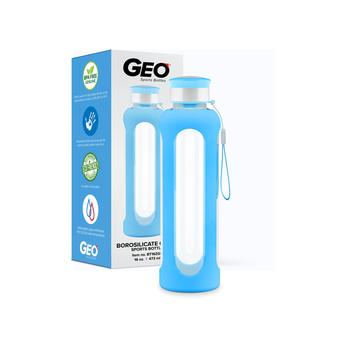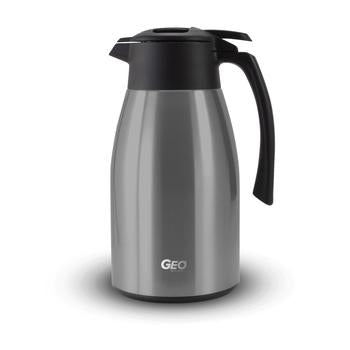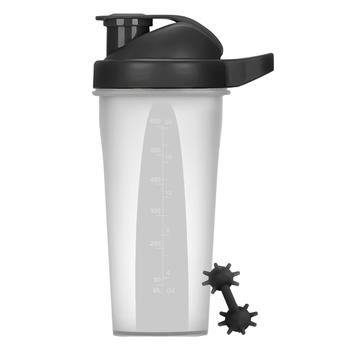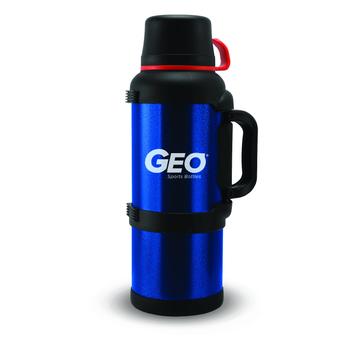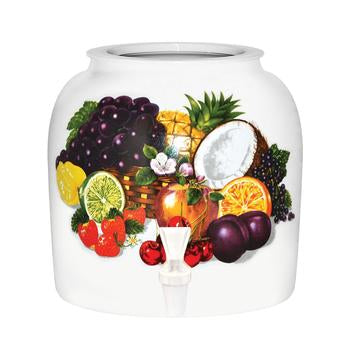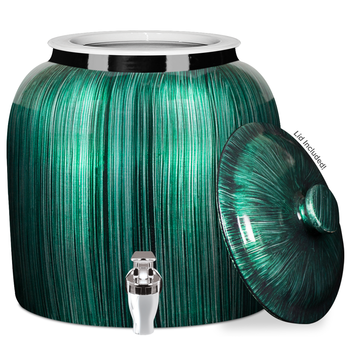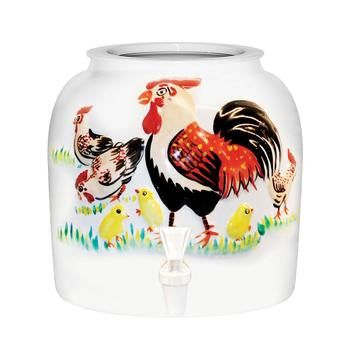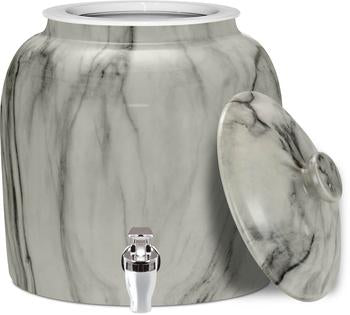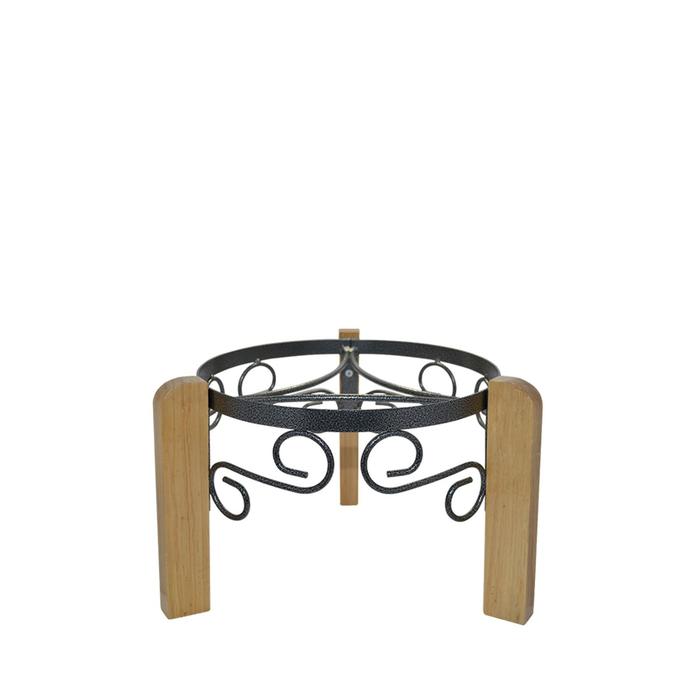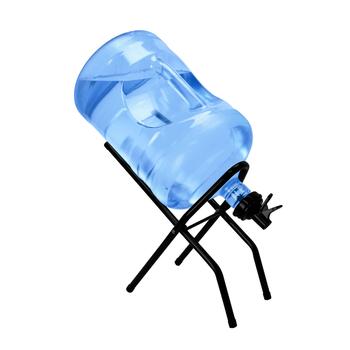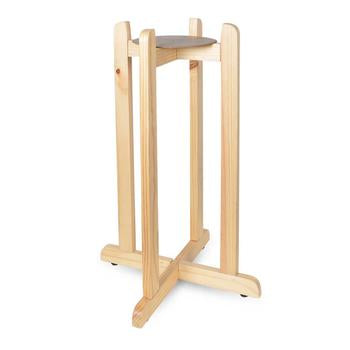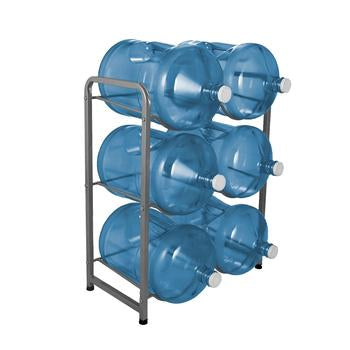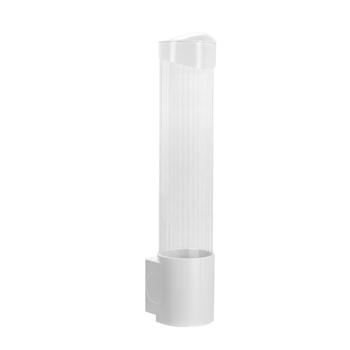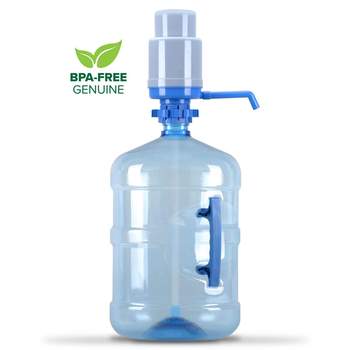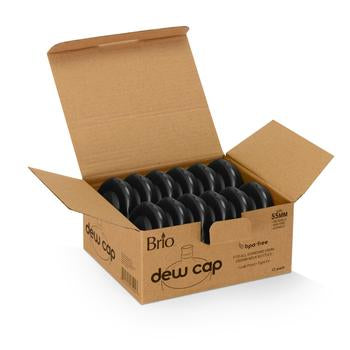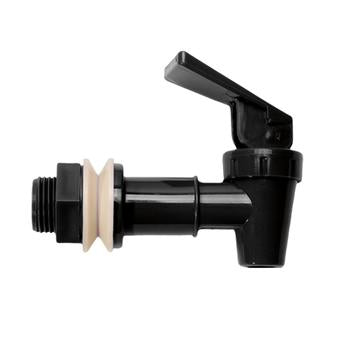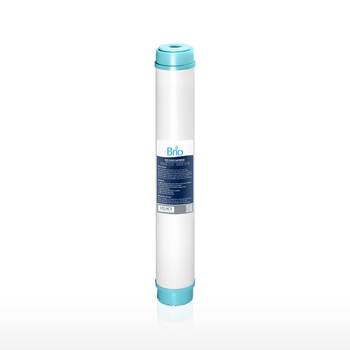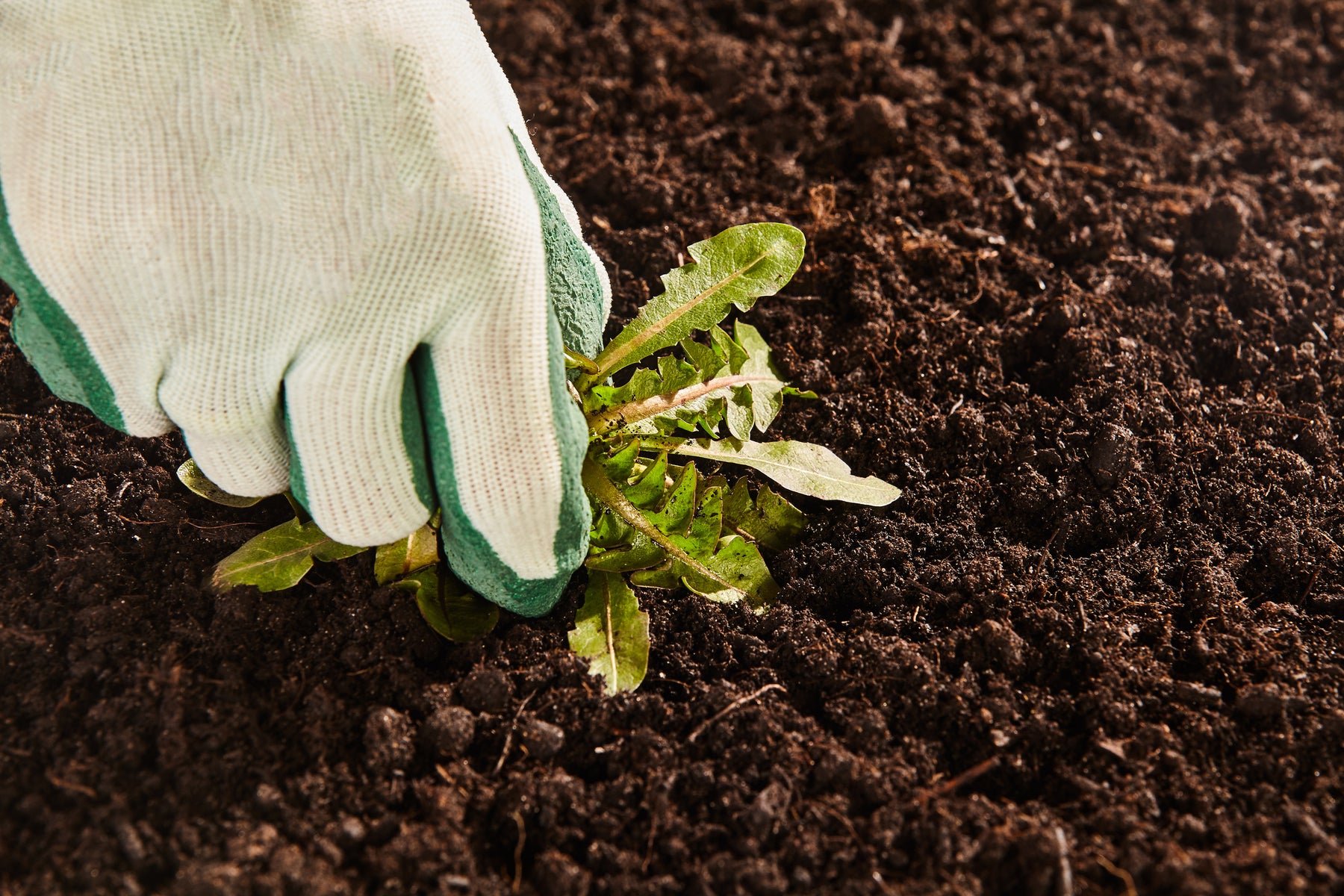
5 Nontoxic Ways to Kill Weeds, Plus a Bonus
By Sheila Anthony
Sure, you could just yank them up by hand, but that can be time-consuming, not to mention back-breaking, so here are some great “lazy gardener” alternatives for whacking your pesky weeds.
One: Grab the Saltshaker
Just a pinch of plain ol’ table salt at the base of a weed will do it. You can also create a saline solution with a 3-parts-water to 1-part-salt ratio. Spray or salt your weeds, then apply fresh water over the next few days. The salt will leach into the soil and then be drawn up into the weed via its root system. The result is a water imbalance within the weed, and in approximately 10 days it will wilt and die.
There is a downside to this method, however. The salt will make your soil very unfriendly for growing anything else for a while, which is why you need to be careful which weeds you salt as you can inadvertently kill nearby plants and grass. Also, keep your salt or salt solution clear of any wood decking or fencing as it can have a corrosive effect.
The salt method is best used for weeds sprouting up between sidewalk cracks and pavers, or at a house’s foundation.
Two: A Vinegar Solution
Here’s the recipe:
1 gallon white vinegar
1 cup salt
1 tablespoon liquid dish soap
Combine the ingredients, then pour the solution into a spray bottle. This weed-killing cocktail is rich in acetic acid which, like the Salt Method, is excellent for desiccating weeds. The liquid dish soap acts as a surfactant which breaks down the weed’s natural surface tension, hastening absorption of the salt and vinegar. For best results, douse weeds on a warm, sunny day. You should see brown, withered leaves and stalks in a few hours.
And as mentioned previously, be mindful of where you spray. The idea is to kill weeds, not desirable plants.
Three: Smother Them
If you’re faced with a yard or lawn choked with weeds, your best option may be to smother them. First mow the area, then spread a layer of mulch over the shorn weeds. “Mulch” can be interpreted different ways, but can include things like used shower curtains, gravel, black plastic bags, newspaper, old carpet, and cardboard boxes. Just be sure to anchor the “mulch” that’s prone to flying away and use many layers of it. Newspaper mulch, for instance, will require at least three dozen layers. Overlap the layers so no weeds can sprout between applications. If you’re using organic material, like straw, be sure to apply a layer at least 4 to 6 inches deep.
The smothering method will take at least a full growing season, but the weeds underneath your mulch will end up burnt brown and dried out, making them easy to turn up with a garden fork or shovel. Your yard will then be ready for replanting.
Four: Just Add Boiling Water
This might be the easiest method of all. Fill your tea kettle with water and bring to a boil. Water needs to be above 200°F for this weed-killing method to work. You’ll need to move quickly, because the water will start cooling as soon as you remove it from the heat.
Go for weeds growing between cracks in pavement and pavers. Pour the hot water as close as possible to the base of the weeds. Any residual water will cool as it runs off, leaving side and border vegetation unharmed.
Five: Kill Them with the Kindness of Strange… Plants
Planting a garden is a great way to both reduce aggressive weeds and create rich soil. Germinate your chosen plants in containers first, then plant them in the ground when the seedlings are at least 2-inches tall. That way they get a healthy and protective head start on fast-growing weeds. Soon your newly transplanted plants will begin to shade out the weeds, grabbing soil nutrients and water and depriving weeds of sun.
Also, applying mulch around the base of your plants as they grow not only preserves soil moisture, but also suppresses weed growth.
Bonus—Eat Them!
Instead of eradicating weeds, why not relocate them to your fridge, freezer, or dinner plate? All you need to do is wash them well, then add them to salads, soups, or stews. You can even wilt them over hot water, press the excess water out, and freeze them for future meals.
Dandelion, purslane, burdock, chickweed, and clover are just a few of the weeds that are edible. They can be transformed into delicious side dishes, salad additions, or pesto. Certain weeds have medicinal uses, too, so they might be worth investigating.
On second thought, maybe it’s time we valued our garden weeds… got down on our hands and knees and marveled at them. They may be there for a very good reason.



